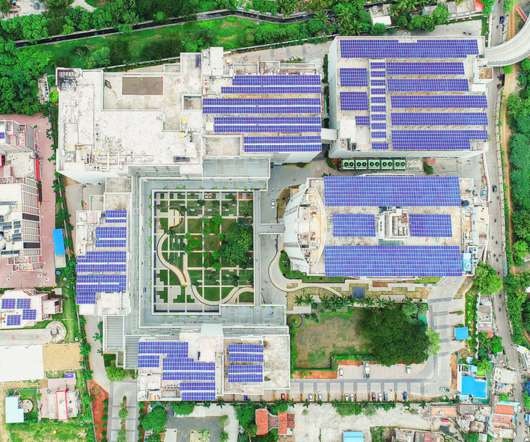Stanford’s GCEP awards $10.5M for research on renewable energy; solar cells, batteries, renewable fuels and bioenergy
Green Car Congress
OCTOBER 9, 2014
million for seven research projects designed to advance a broad range of renewable energy technologies, including solar cells, batteries, renewable fuels and bioenergy. The goal is to develop high-energy, durable lithium-ion batteries for electric vehicles by improving the cycle life of the battery electrodes.














Let's personalize your content